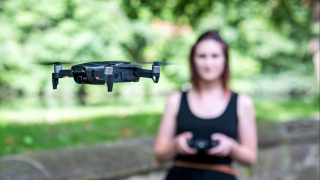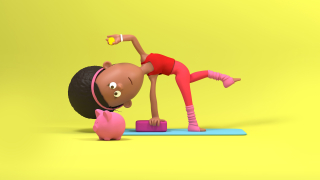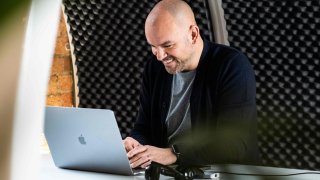
Drones – or unmanned aerial vehicles (UAV) – have replaced camera-manned helicopters with qualified pilots as a more efficient way to achieve cinematic footage. Agile, compact and accessible, even the smallest of drones can shoot 4k, making smooth, high quality and attention-grabbing videos more attainable – not only to hobbyists, but to professionals and businesses who want to go to new heights (pun intended) to make an impact and impress.
Their rise in popularity over the last few years has seen them used not only for recreational and commercial purposes, but for entertainment in extreme sports, in military and even search and rescue roles for the emergency services. Their purpose is forever evolving and has opened up so many new possibilities, but it's their value in achieving unique perspectives, at hard-to-reach angles that makes them a must-have tool for any photographer or videographer.
But on a serious note, the rise in UAV popularity has opened up more drone-related incidents hitting the media, and we've seen from the Gatwick incident the negative impact they can have if misused, generally by people who just didn't know any better. It is important – now more than ever – to understand the limitations and how to fly responsibly. Which is something we've taken very seriously.
Still relatively new, the laws and regulations around safe drone flights is constantly developing and in the UK is governed by the CAA (Civil Aviation Authority) – it's these guys who give you the permission to work commercially. We’ve dabbled in drone footage before, but couldn't resist bringing this in-house, adding to the skills and services available, and so I was enrolled onto a drone course to become Fluid’s first ‘pilot’.
Now I would be lying if I told you it was easy to qualify as a commercial drone pilot. Naively, I don't think any of us quite expected how dedicated you need to be – banked flight hours, a 165-page manual of pre-course learning, online tests, a 2-day course, followed by a day of theory and practical tests. And that's not all, upon passing you then have to apply for you PfCO (Permission for Commercial Operation) and write your own Operations Manual – your drone bible – which outlines your procedures, risk mitigation and flight planning.
Now a fully qualified UAV pilot, I regularly use our nifty DJI Mavic Air on photoshoots to capture those unreachable shots, bringing something different to the high-quality video portfolio from Fluid's image and motion team. Whether it be sweeping lifestyle shots, or spanning property developments from above, the footage I take is only a small part of what can only complement the amazing work those guys put together. And I'm happy to be a part of it.
It is already proving to be a valuable addition to Fluid's ever-growing services, and it's a speciality that I'm proud to offer, as I know how much hard work and dedication it's taken to get here. It's in the understanding of its capabilities and limitations, and conducting each flight in a responsible manner that gets the best footage and results for our clients and their unique projects.
If you have any drone-related queries or would like to discuss a project you have in mind, please give me call, I would be more than happy to answer any questions and complete a desktop evaluation with recommendations.







